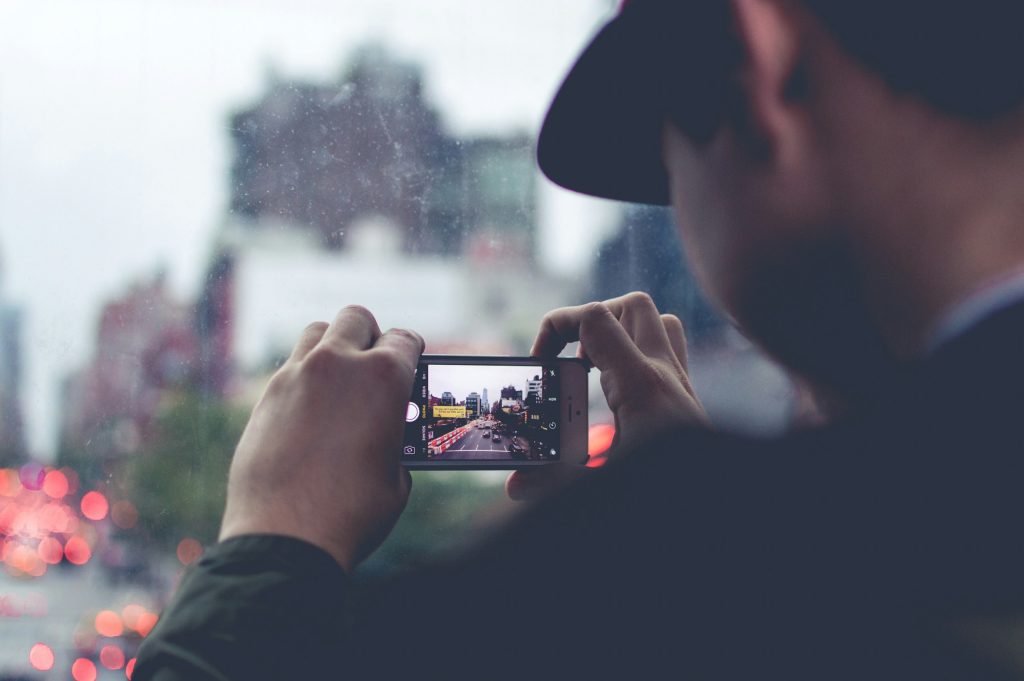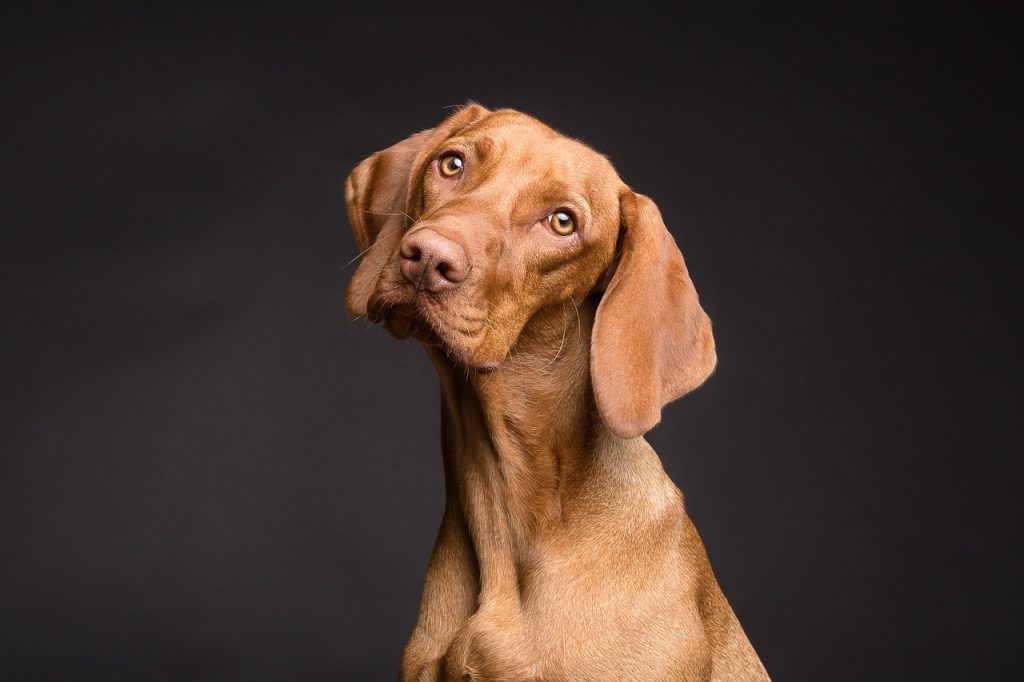Good product photos are the key to standing out online. They let customers clearly see what they’re buying and can encourage purchases. There are many types of product photography to choose from, and each style sends a different message to consumers. From simple studio shots to lively lifestyle images, choosing the right type of photos can go a long way to make your product appealing. In this post, we’ll go over your options and their benefits for your business.
1. Packaging Shots
When you shop online, you don’t get to hold a product or look at it from every angle before you buy it. Packaging shots help bridge this gap by showing how a product looks when it arrives at your doorstep. They capture the packaging and any unboxing experience that a product offers.
These shots can also help build trust by showing that a product is well-protected during transport. Product shots can also highlight any instructions or add-ons included in the packaging. Finally, nice packaging shows you care about customer experience from end to end.
Best application: On a product page or anywhere you have shipping-related information.
2. Hero Shots
A hero shot is a high-quality photograph that shows an individual product in the best light possible. It’s supposed to be the first image that potential customers see, and the goal is to catch their attention. Every eCommerce store needs a few of these for their standout products,
Hero shots are usually taken in a studio. Good, controlled lighting there can enhance the product’s features. Hero shots are more than just a simple product image. They’re supposed to tell the story of your product in an instant. You can do this through an interesting background or accompanying elements. But don’t forget your product needs to be the star of the show!
Best application: Your website header.
3. Lifestyle Shots
Lifestyle shots show your product in use in a way your audience can envision themselves using it. These shots help customers visualise how the product fits into their daily life. For instance, a picture of a coffee mug might show it on a kitchen table with a breakfast spread. Aside from making your product look good, lifestyle photography adds a personal touch.
You want your customer to connect with the product emotionally. Lifestyle product photography should answer questions like: How will I use this product? How will it make my life better? You’re selling more than just a product. You’re selling an experience or an entire lifestyle your product represents.
Best Application: Social media posts. You can build upon the story you’re presenting in the caption. For example: ‘It’s not a perfect rainy day inside without a good book and (product name). Shop now.’
4. Flat Lays
Flat lays are photographs taken from straight above. They show the product and any related items arranged on a flat surface. This type of shot is popular on social media platforms like Instagram. It’s a great way to show different aspects of a product along with other goods that complement it. In that way, it’s a run-off of lifestyle shots. For example, a flat lay of a beach towel might include multiple products like sunglasses, a book, and sunscreen to suggest a day at the beach.
Best application: Social media or blog posts. They don’t work for advertising since it might not be immediately clear which item in the photograph is for sale. That’s what hero shots are for!
5. eCommerce Product Photography
eCommerce photography is the most basic product photography style. It’s mostly used for product pages. These photos should be simple and detailed to help customers see what they’re buying. The shots are usually taken against a white background. This cuts any distractions and puts all the focus on the product.
This style of photography is crucial for online stores. It gives a clear and accurate picture of the products. Clear eCommerce photos can greatly boost sales by giving buyers confidence in their decisions. You have shots like these for each of your products from a few different angles. This is especially important for clothing photography. For example, I’m not buying a pair of pants if I can’t see whether it has back pockets or not.
Best application: Product gallery section of a product page.
6. Macro Photography
Macro product photography takes you close, capturing details too small for the naked eye. It’s ideal for products with intricate details, like jewellery, watches, and textiles. The goal is to highlight quality and fine craftsmanship. If your products have beautiful textures and features, show them off! These detailed images help customers see the product’s finer points. This can be a big factor in their choice to buy.
Best application: Social media posts or a product gallery section.
7. Scale Shots
Scale shots are important when the size of the product might be difficult to judge from a standard photo. These images show the product next to common items or in someone’s hand, giving a clear idea of how big or small the product is. For example, a smartphone might placed next to a pencil or a handbag next to a standard-sized notebook. You don’t have to do it overtly, and there’s still plenty of room for artistic flair. For example, flat lays often help give scale.
Best application: Product gallery section to illustrate the size of the product.
8. Process Shots
Process shots offer a behind-the-scenes look at how you make your products. These images are a chance to show customers your dedication and attention to detail. For example, showing a potter at the wheel helps customers appreciate the skill required.
Process shots can improve the perceived value of your product. They also build a stronger connection between the customer and the brand. They’re the most effective for artisanal or handmade products, where the process is a key selling point.
Best application: Great as storytelling pieces on about pages or process pages.
9. 360 Degree Shots
360-degree shots let customers view a product from every angle. These types of product photos are often interactive, letting customers click and drag to see all sides and features of the product.
360-degree shots are great when the details matter from more than one viewpoint. This might include electronics, furniture, footwear, or any product with lots of technical features. They give customers a full look at your product in an interactive and engaging way. You’re offering customers a virtual way to explore your products as if they were holding them – pretty cool.
Best application: End of the product gallery section to showcase features.
10. Group Shots
Group product photography shows multiple products together in one photo. This approach is great for showing the different options available in a product line. For example, different styles of sunglasses or shades of lipstick.
These images help customers compare products easily and see the options available. They work well for showing colour variations and designs across a product line. By doing this, you can show customers the diversity and choice you offer in a single glance. This makes shopping easier and might make customers more likely to buy more than one product!
Best application: Hero section of the homepage or the product category page.
Do You Need Professional Product Photography?
If you’re selling products, especially online, good photos are essential. They are often the first thing a customer will notice and can make a big difference in whether they decide to buy. Professional product photography ensures that your items look their best. It shows clear details and true colours. This can help build trust with customers, as they can see exactly what they’re buying.
It might be tempting to take these photos yourself to save money. But, pros have the skills, equipment, and experience to take great images. They know how to set up lighting and angles to highlight the best features of your products. Product photography is an art form in itself and takes a special eye.
Conclusion
Understanding the different styles of product photography means you can choose the right one for your brand. Knowing whether you need a lifestyle shot or a detailed macro can make all the difference in how people perceive your product.
Understanding these different styles will also help you communicate with your photographer. You’ll be able to explain exactly what you need, ensuring that the final images match your vision and show your product’s best features.



